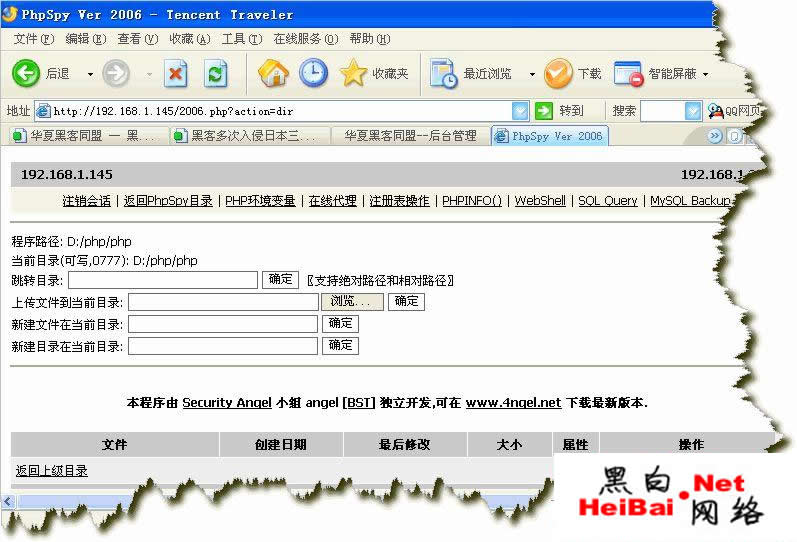目录
前言:
在 MySQL 中,我们可以为表字段设置默认值,在表中插入一条新记录时,如果没有为某个字段赋值,系统就会自动为这个字段插入默认值。关于默认值,有些知识还是需要了解的,本篇文章我们一起来学习下字段默认值相关知识。
1.默认值相关操作
我们可以用 DEFAULT 关键字来定义默认值,默认值通常用在非空列,这样能够防止数据表在录入数据时出现错误。
创建表时,我们可以给某个列设置默认值,具体语法格式如下:
# 格式模板
<字段名> <数据类型> DEFAULT <默认值>
# 示例
mysql> CREATE TABLE `test_tb` (
-> `id` int NOT NULL AUTO_INCREMENT,
-> `col1` varchar(50) not null DEFAULT 'a',
-> `col2` int not null DEFAULT 1,
-> PRIMARY KEY (`id`)
-> ) ENGINE=InnoDB DEFAULT CHARSET=utf8;
Query OK, 0 rows affected (0.06 sec)
mysql> desc test_tb;
+-------+-------------+------+-----+---------+----------------+
| Field | Type | Null | Key | Default | Extra |
+-------+-------------+------+-----+---------+----------------+
| id | int(11) | NO | PRI | NULL | auto_increment |
| col1 | varchar(50) | NO | | a | |
| col2 | int(11) | NO | | 1 | |
+-------+-------------+------+-----+---------+----------------+
3 rows in set (0.00 sec)
mysql> insert into test_tb (col1) values ('fdg');
Query OK, 1 row affected (0.01 sec)
mysql> insert into test_tb (col2) values (2);
Query OK, 1 row affected (0.03 sec)
mysql> select * from test_tb;
+----+------+------+
| id | col1 | col2 |
+----+------+------+
| 1 | fdg | 1 |
| 2 | a | 2 |
+----+------+------+
2 rows in set (0.00 sec)
通过以上实验可以看出,当该字段设置默认值后,插入数据时,若不指定该字段的值,则以默认值处理。
关于默认值,还有其他操作,例如修改默认值,增加默认值,删除默认值等。一起来看下这些应该如何操作。
# 添加新字段 并设置默认值 alter table `test_tb` add column `col3` varchar(20) not null DEFAULT 'abc'; # 修改原有默认值 alter table `test_tb` alter column `col3` set default '3a'; alter table `test_tb` change column `col3` `col3` varchar(20) not null DEFAULT '3b'; alter table `test_tb` MODIFY column `col3` varchar(20) not null DEFAULT '3c'; # 删除原有默认值 alter table `test_tb` alter column `col3` drop default; # 增加默认值(和修改类似) alter table `test_tb` alter column `col3` set default '3aa';
2.几点使用建议
其实不止非空字段可以设置默认值,普通字段也可以设置默认值,不过一般推荐字段设为非空。
mysql> alter table `test_tb` add column `col4` varchar(20) DEFAULT '4a'; Query OK, 0 rows affected (0.12 sec) Records: 0 Duplicates: 0 Warnings: 0 mysql> desc test_tb; +-------+-------------+------+-----+---------+----------------+ | Field | Type | Null | Key | Default | Extra | +-------+-------------+------+-----+---------+----------------+ | id | int(11) | NO | PRI | NULL | auto_increment | | col1 | varchar(50) | NO | | a | | | col2 | int(11) | NO | | 1 | | | col3 | varchar(20) | NO | | 3aa | | | col4 | varchar(20) | YES | | 4a | | +-------+-------------+------+-----+---------+----------------+ 5 rows in set (0.00 sec)
在项目开发中,有些默认值字段还是经常使用的,比如默认为当前时间、默认未删除、某状态值默认为 1 等等。简单通过下表展示下常用的一些默认值字段。
CREATE TABLE `default_tb` ( `id` int unsigned NOT NULL AUTO_INCREMENT COMMENT '自增主键', ... `country` varchar(50) not null DEFAULT '中国', `col_status` tinyint not null DEFAULT 1 COMMENT '1:代表啥 2:代表啥...', `col_time` datetime NOT NULL DEFAULT '2020-10-01 00:00:00' COMMENT '什么时间', `is_deleted` tinyint not null DEFAULT 0 COMMENT '0:未删除 1:删除', `create_time` timestamp NOT NULL DEFAULT CURRENT_TIMESTAMP COMMENT '创建时间', `update_time` timestamp NOT NULL DEFAULT CURRENT_TIMESTAMP ON UPDATE CURRENT_TIMESTAMP COMMENT '修改时间', PRIMARY KEY (`id`) ) ENGINE=InnoDB DEFAULT CHARSET=utf8;
这里也要提醒下,默认值一定要和字段类型匹配,比如说某个字段表示状态值,可能取值 1、2、3... 那这个字段推荐使用 tinyint 类型,而不应该使用 char 或 varchar 类型。
笔者结合个人经验,总结下关于默认值使用的几点建议:
非空字段设置默认值可以预防插入报错。
默认值同样可设置在可为 null 字段。
一些状态值字段最好给出备注,标明某个数值代表什么状态。
默认值要和字段类型匹配。
总结:
本篇文章主要讲述 MySQL 字段默认值相关知识,比较简单易懂,希望各位有所收获。
以上就是MySQL 字段默认值该如何设置的详细内容,更多关于MySQL 字段默认值的资料请关注潘少俊衡其它相关文章!
版权声明
本文仅代表作者观点,不代表本站立场。
本文系作者授权发表,未经许可,不得转载。
本文地址:/shujuku/MySQL/101130.html













